Last night, my family and I began celebrating Durga Puja, a multi-day celebration of the Hindu goddess Durga. This is the quintessential event for our household. Back in Kolkata, the whole city transforms into a multi-day open air arts festival filled with makeshift artistic displays and performance. Everyone, not just Hindus, roam from pandal[1] to pandal, trying to find the best, most creative, most political representation of Durga.
Our celebrations, growing up in Connecticut, were markedly different. My memories of Durga Puja were squeezing the normally ten-day celebration into a single weekend, typically hosted at a local church or high school after the local Hindu temple refused to let us eat meat.[2]
As we were planning out our menu for Durga Puja, it occurred to me that this would be the first time I would be able to celebrate the full four[3] days of Durga Puja without having to take extra time off from school, work or life. This may seem innocuous, but it feels hugely important.
When I was a child, I remember feeling very excited to take a day off from school as well as a sense of dread when I had to explain why. It felt distinctly unfair that none of my other classmates had to explain the core essence of their religion. I mean when is the last time you asked a six year old to explain what is Christianity? I’m pretty sure the explanation would involve Santa Claus.
As an adult, I felt somewhat grateful for the experience. Being forced to defend my religion meant that I really had to study it, and observed the very different ways that it is practiced (which differs wildly from person to person). I’m extremely grateful that my parents raised me in a non-faith based and non-ritualistic Hindu tradition. We did not have a temple or follow a specific scripture. I was brought up to live religion every day in a spiritual and philosophical sense.
The best part of Hinduism is that it allows for different practices. Some of my own families do have temples, do have scriptures that they follow…well religiously. But there individual practices do not define Hinduism as a whole.
Hinduism is a way of life, to be practiced and interpreted as diversely[4] as the people that follow it.
During Durga Puja, we are reminded that we are all connected. That no one person can act alone, autonomously, without affecting others. It is our manava dharma (religion to mankind) to become more human by acknowledging and enacting this universe. Durga represents everyone, regardless of religion, gender or orientation. To turn your back on the marginalized, the chastised, the other, you misread fundamental concepts within Hinduism.
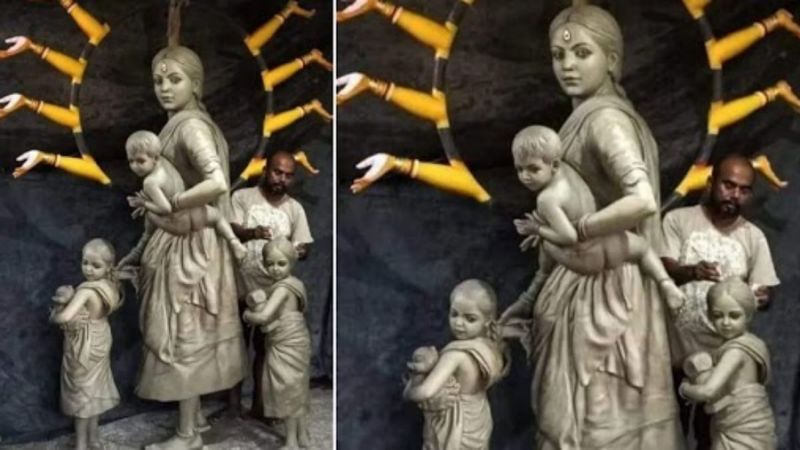
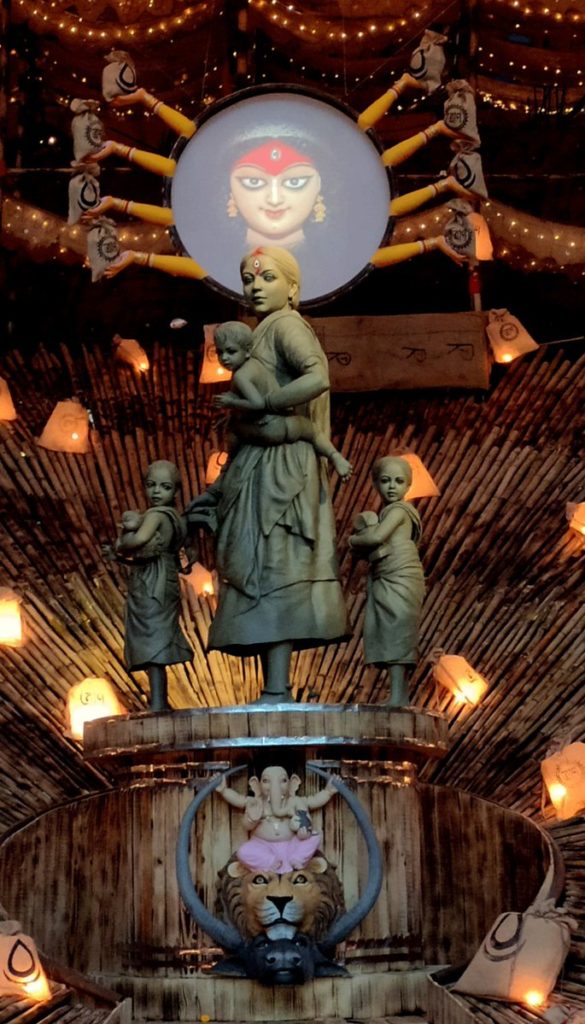
This concept is represented in my favorite pandal this year- “Migrant Mother as the Goddess Durga,” a clay image of Durga in a pale sari, holding a small child in her arms, created ahead of this year’s Durga Puja by the Behala’s Barisha Club. The mother is flanked by two young girls, one holding a baby owl in the crook of her arm while the other cradles a duck. A fourth , elephant heading children, sits below the family atop a lion and water buffalo.
Though rooted firmly in the traditional imagery of Durga, her children and Asur, we are immediately drawn to the representation of Durga as a Migrant mother. As the artist, Rintu Das, describes “The goddess is the woman who braved the scorching sun and hunger and penury along with her children. She is looking for food, water and some relief for her children.”
One is drawn to the purposeful comparison to the thousands of migrant works that were stranded by the coronavirus, left without protection against the virus, forced to walk for 800, 1000, 1500 kilometers, for months upon months. In the initial weeks after the lockdown was declared, the government ignored at thousands of the most vulnerable.
With so much going on, it is easy to get wrapped up in our own safety and routines during the pandemic. However, Durga reminds us not to focus inward, but to look outwards to human relationships. We are reminded to think about our place in the universe and renew our ethical commitments to the world.
[1] Durga is rarely a permanent deity in a Bengali temple. Her image is created in clay before each puja and at the end of the five days, her image is immersed into the river water. Her image is housed in a temporary public edifice- called a pandal. Every Durga image and pandal are different as you can see below. Each reveals a mesmerizing display of artistry and skills, made even more special given they are only created for a short period of time.
[2] Contrary to popular depictions, not all Indians are cow-worshipping vegetarians. Some are, and that’s great. However, India is a diverse country from strict vegetarians (no onion or garlic) to meat lovers.
[3] Durga Puja is a ten day festival, however the true celebrations begin on the sixth night.
[4] There is an unfortunate increase in a singular, narrow form of Hinduism, being espoused by India’s fundamentalist government. Is it shameful that they use their form of Hinduism as a way to justify hateful attacks on Muslims and other marginalized groups.
For more Information on Durga Puja
I invite you to read this incredible article by my mom, Professor Bandana Purkayastha: https://www.cpp.edu/~wlhip/living-goddesses.html
I also wrote a blog post after I introduced my husband to Durga Puja.
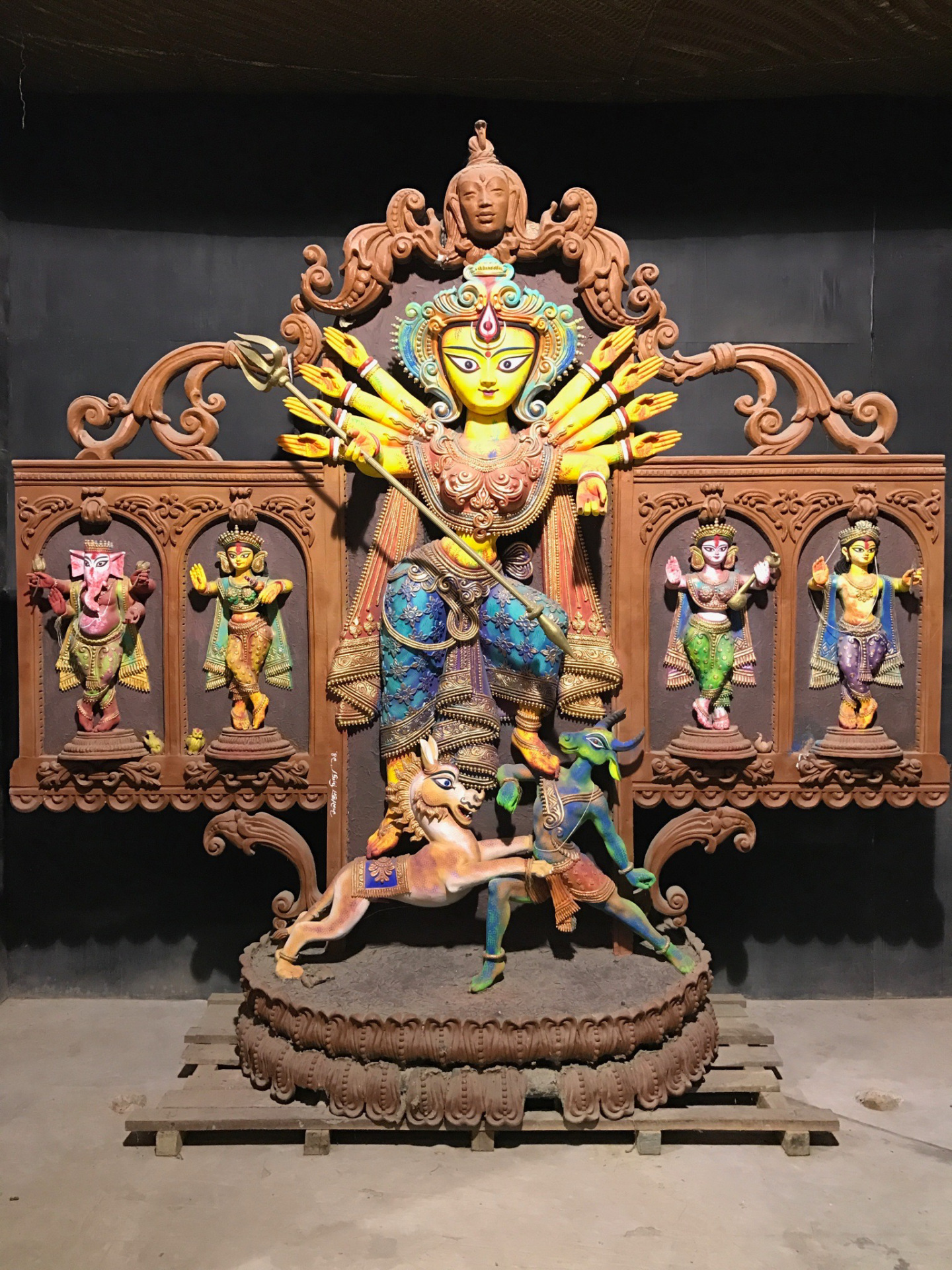
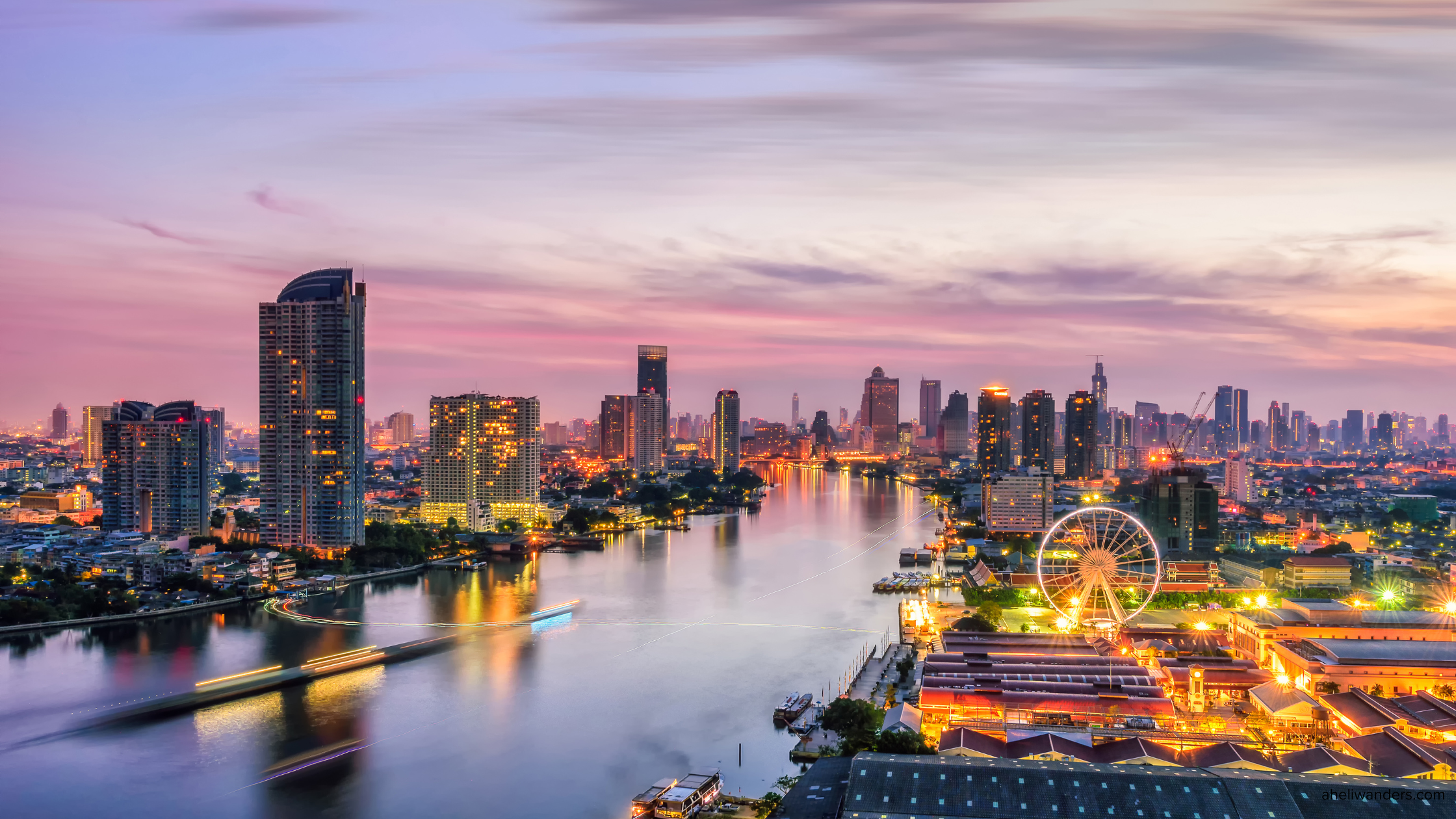
![Best 2 Player Games [Updated]](http://34.139.217.193/wp-content/uploads/2025/01/Board-Games.png)
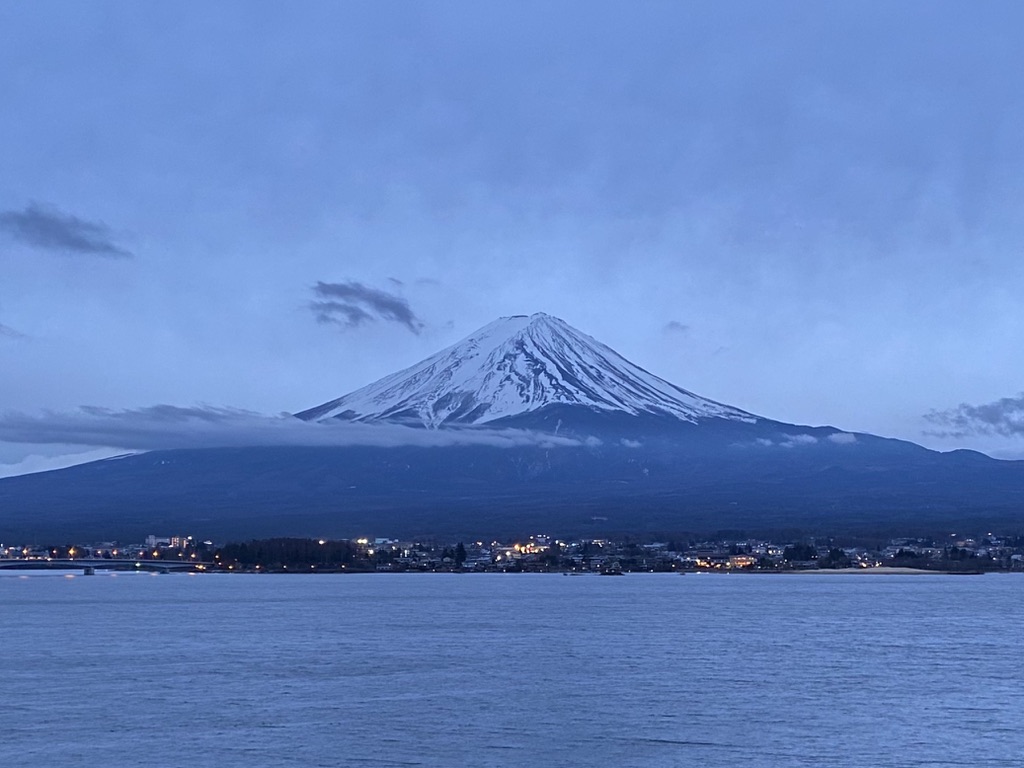
Leave a Reply